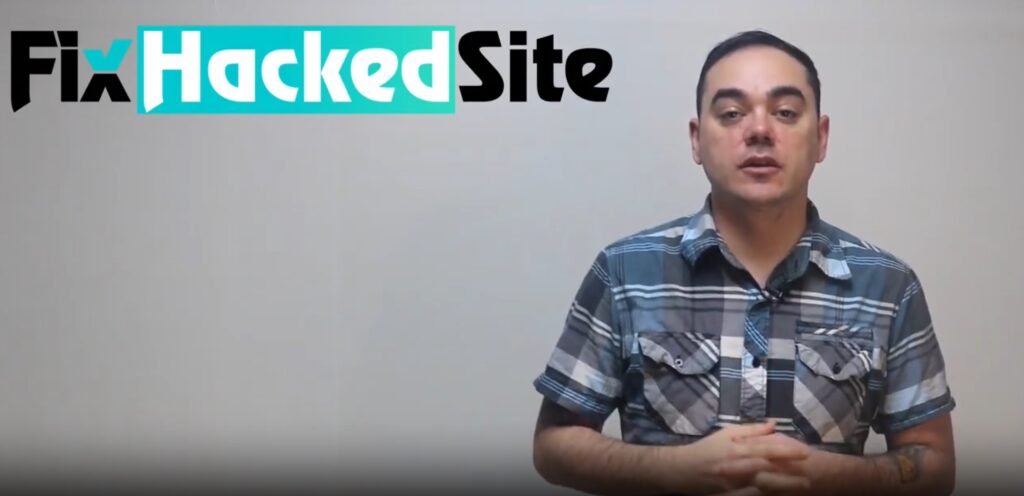Malware Removal Subscription Service
- Home
- Malware Removal Subscription Service
Malware Removal Subscription Service
Our complete website malware plan includes unlimited malware fixes, hack cleanup subscription benefits, and ongoing malware protection with 24/7 monitoring to prevent reinfection.
Here's the list of what can be provided:
- Malware Removal SLA
- Malware Removal & Hack Cleanup Subscription
- Stop Hacks (Virtual Patching / Hardening)
- Advanced DDoS Mitigation
- SSL Certificate Support
- Firewall – HTTPS & PCI Compliant
- Customer Support
- 30-Day Money-Back Guarantee
WordPress is one of the most popular content management systems currently available. It is also a favourite vehicle for hackers to infiltrate websites and spread malware. However, with a few simple precautions, you can prevent your WordPress website from being hacked.
Top 7 Reasons WordPress Websites Get Hacked (and How to Prevent It)
Noticing suspicious behaviour on your WordPress site? You’re not alone. Thousands of WordPress websites get compromised every day. Here’s why it happens — and how to protect your site:
- What Is Malware?
- What Are The Reasons That Make A WordPress Site Hacked?
- How to Identify Infected Files?
- Essential Steps to Safeguard Your WordPress Site from Hackers
- How To Know If My WordPress Site Was Hacked?
- How to Identify Infected Files?
- How to Recover and Secure Your WordPress Site After a Hack?
Understanding Malware and How to Defend Against It
What Is Malware?
Description
Malware is any software that is intentionally designed to disrupt computers, servers, clients, or computer networks, leak private information, or gain unauthorised access to information. By contrast, software with a bug that causes harm is typically described as a software bug. Malware poses a significant threat to individuals and businesses.
According to Symantec’s 2018 Internet Security Threat Report, the number of malware variants increased to 669,948,865 in 2017.
There are many types of malware, including computer viruses, worms, Trojan horses, ransomware, spyware, adware, rogue, etc. The defence strategies against malicious software differ according to the type. Still, most can be thwarted with antivirus software, firewalls, applying regular patches, securing networks from intrusion, having regular backups, and isolating infected systems. Malware is now designed to evade antivirus detection algorithms.
Let’s take a look at a short explanation about these types of malware and their uses in malware attacks. After that, we’ll get to how to prevent malicious software attacks from being successful against you.
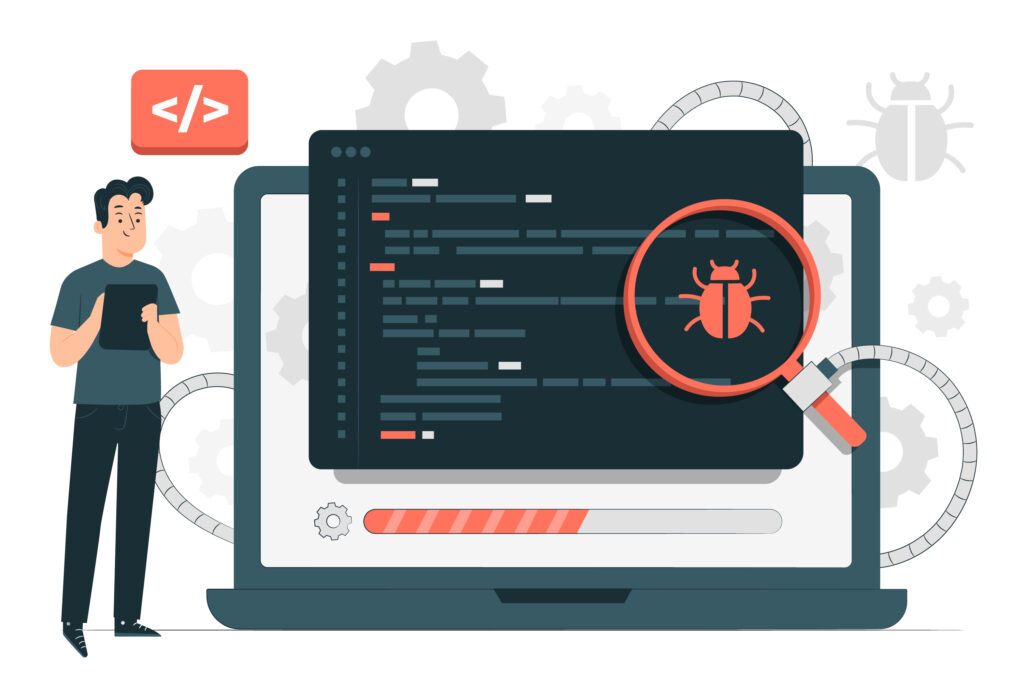
Trojans
This kind of malware is often disguised as a software update or an app. When the software update has been installed, the malware is installed on your computer as well. A Trojan horse can lead to other malware, including ransomware, crypto-mining malware, and spyware attacks.
Worms
A worm is a type of malware that does not require a human to activate it. A worm is quite dangerous as it can infect, multiply, and send itself to other computers. Due to this, worms spread quickly and are hard to stop.
Adware
Compared to other types of malware, adware is often considered a relatively harmless form of malware. Adware collects users’ data, including their browsing and search histories, shopping preferences, and cart details, to sell to advertisers or display targeted ads.
Ransomware
A cybercriminal uses malware to encrypt victims’ data, devices, or IT systems to carry out a ransomware attack. They demand a ransom in exchange for a decryption key. In some cases, they’ll exfiltrate the data to a server they control, where they can use it as they please. Verizon describes ransomware as a “big problem getting bigger.”
Rootkits
A rootkit is a remote access tool (RAT), often malicious, that provides an attacker with remote administrative access to a target’s device, network, or other IT resources. The criminals can use this access to change or even pull down the infected website.
Viruses
A virus is malware that attacks the victim’s computer by piggybacking on other programs. When the host program is run, the virus is activated. After activation, a virus multiplies itself and spreads the infection within the computer. It is also programmed to send itself to other computers in the same network.
Spyware
Spyware is a category encompassing many types of malware. Cybercriminals use it to observe and record users’ behaviours and keystrokes to capture sensitive data (such as login credentials).
Fileless Malware
Fileless malware does not have a file for malicious code. It candidly attaches its malicious code to other programs. It is improbable to discover fileless malware due to this feature. This type of malware often links its code to whitelisted programs to avoid detection during a routine scan.
Cryptojacking Malware
Cybercriminals utilise cryptojacking malware to mine cryptocurrencies, including Bitcoin and Ethereum. They create a network of infected computers that run mining programs in the background without the user’s knowledge. As a result, the performance and processing capabilities of the victims’ devices will decrease drastically.
Botnet Malware
Cybercriminals sometimes infect computers not for the data stored on them, but to use them as a means to commit other crimes. They build armies of such computers, referred to as bots or zombies. These armies work for the criminals themselves, or the criminals rent them out to others to be used maliciously. The bots or the zombie computers are unaware of being used maliciously.
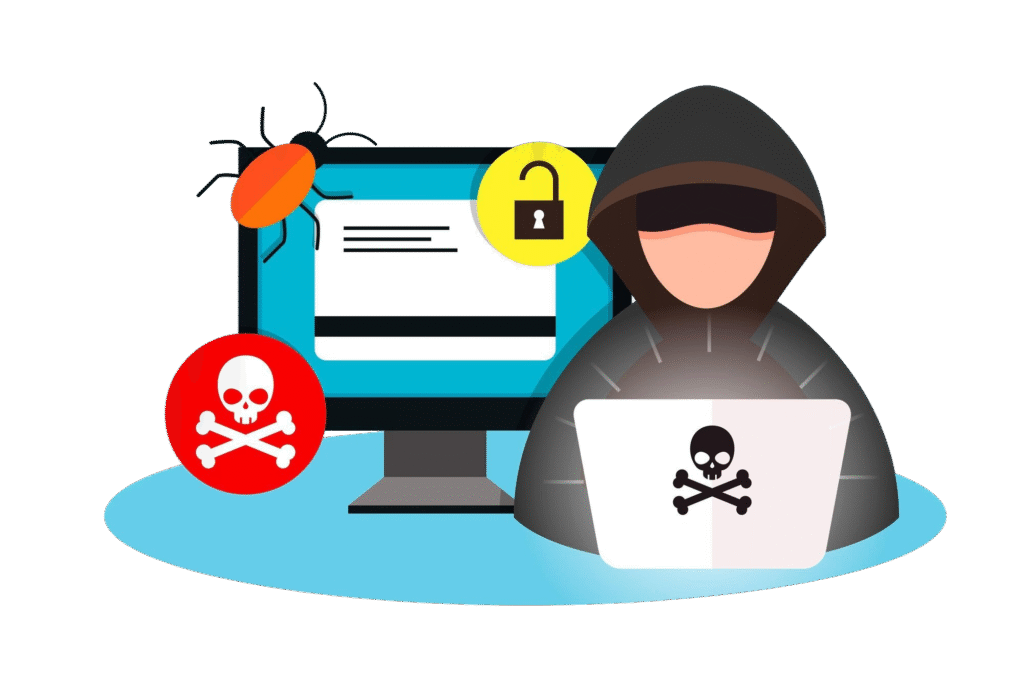
Signs Your WordPress Site Is Hacked
How To Know If My WordPress Site Was Hacked?
Description
When a WordPress site gets hacked, its administrator certainly goes through a lot of headaches. After all, the more time that your site remains hacked, the greater the opportunities you will lose from possible new sales.
However, it is essential to remain calm at this stage and attempt to determine the source of the hack. This is essential if you are to find the solution to your problem. After all, there’s no way to build a successful solution without knowing beforehand how your problem came about, isn’t it true?
To do that, try to answer the following questions:
- Are your wp-admin login and password not working?
- Is your site redirecting to another (that doesn’t have anything to do with yours)?
- Does Google Analytics show access to unfamiliar content created on your website (most of it in other languages like Chinese)?
- Does Google Search Console point to your site as insecure?
If the answer to any of the questions is “yes,” it is a strong indication that your site was hacked. In a worst-case scenario, all of these questions will be “yes.” It is essential to pass this information on because, when contacting your hosting server, it must always be provided.
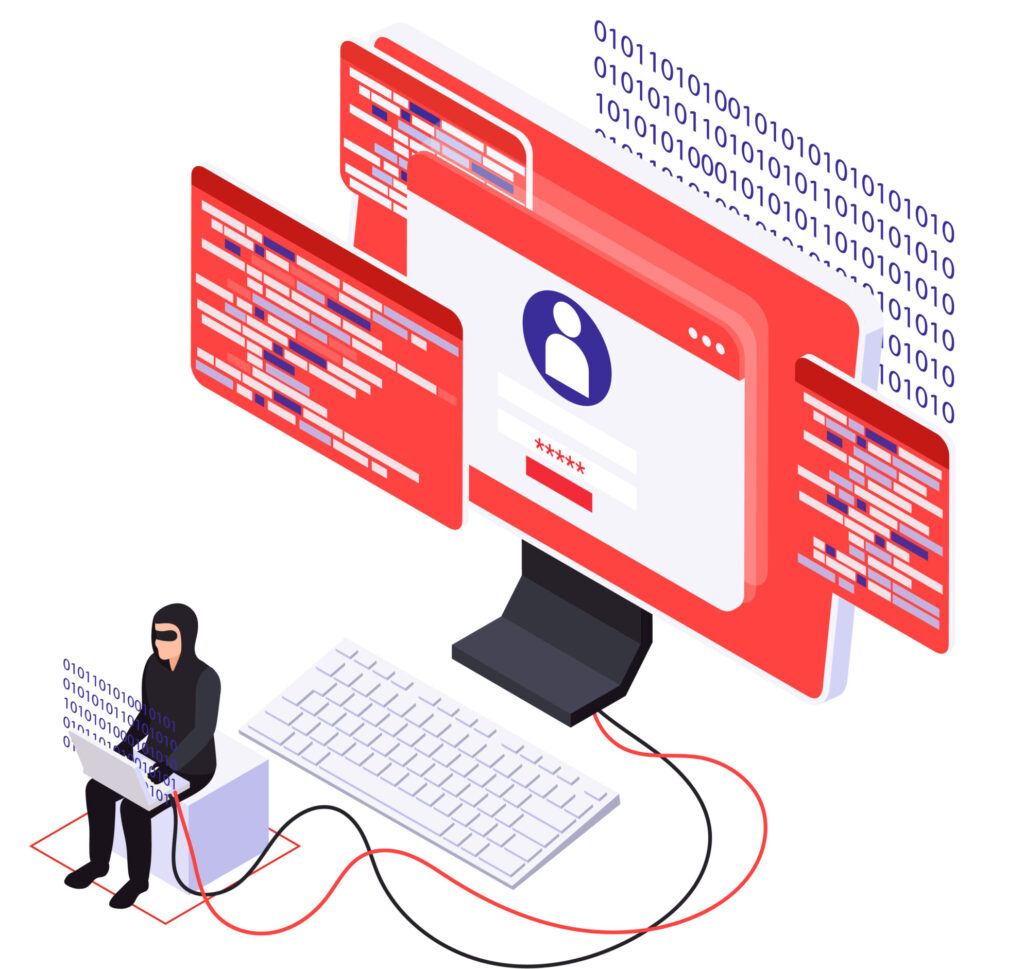
Why WordPress Sites Are Often Targeted by Hackers
What Are The Reasons That Make A WordPress Site Hacked?
Four points justify what may have caused the invasion of a WordPress site.
1. Easy Identification
WordPress is one of the most used content management systems in the world, and it is very easy to identify if a website is built on the platform.
Do you want to learn how? To access the Developer Tools, go to any site in Google Chrome and click on the three dots in the top right corner. Then, choose “More tools” and then” Developer Tools”.
If the site’s URL contains “wp-content”, it’s built on WordPress, and this can make it a potential “victim” if the proper precautions, which we’ll talk about later, are not taken.
2. Open-Source
WordPress is an open-source platform that allows you to embed functionalities that meet your needs, like plugins and widgets.
However, allowing anyone to access the source code gives hackers a chance to exploit any loopholes in your site.
3. Theme and Plugins
Anyone familiar with programming can create a plugin and make it available on WordPress. Therefore, we stress that you should only install plugins from reliable sources. Some programs are designed to pave the way for invasion.
4. Manual Updates
WordPress, as well as the themes and plugins it uses, may not automatically perform upgrades, forcing the user to do it manually.
If your site does receive the updates, it may become vulnerable.
Tracking Down and Identifying Infected Website Files
How to Identify Infected Files?
Description
Assuming your site has lots of files, including images, text, and videos, how do you know which files have been infected by the malicious software? There are two ways to do so: checking the time and reviewing the log.
The data check is a method of examining a website’s history to determine if new files have been added or if any existing files have been modified.
For example, if the website was working correctly on the 5th and no files were published before the 10th, and on the 7th, files were added or modified. Still, the website continued to function normally, which means that the attack probably occurred on that day.
Another way to do it is through the log. It will pinpoint where an attack came from by identifying the IP address that was used to invade your website and make changes to it, and it will also tell you which IP address was used to make the changes.
By knowing which path the attacker took, it becomes possible not only to restore the site but also to protect it from future attacks originating from the same source.
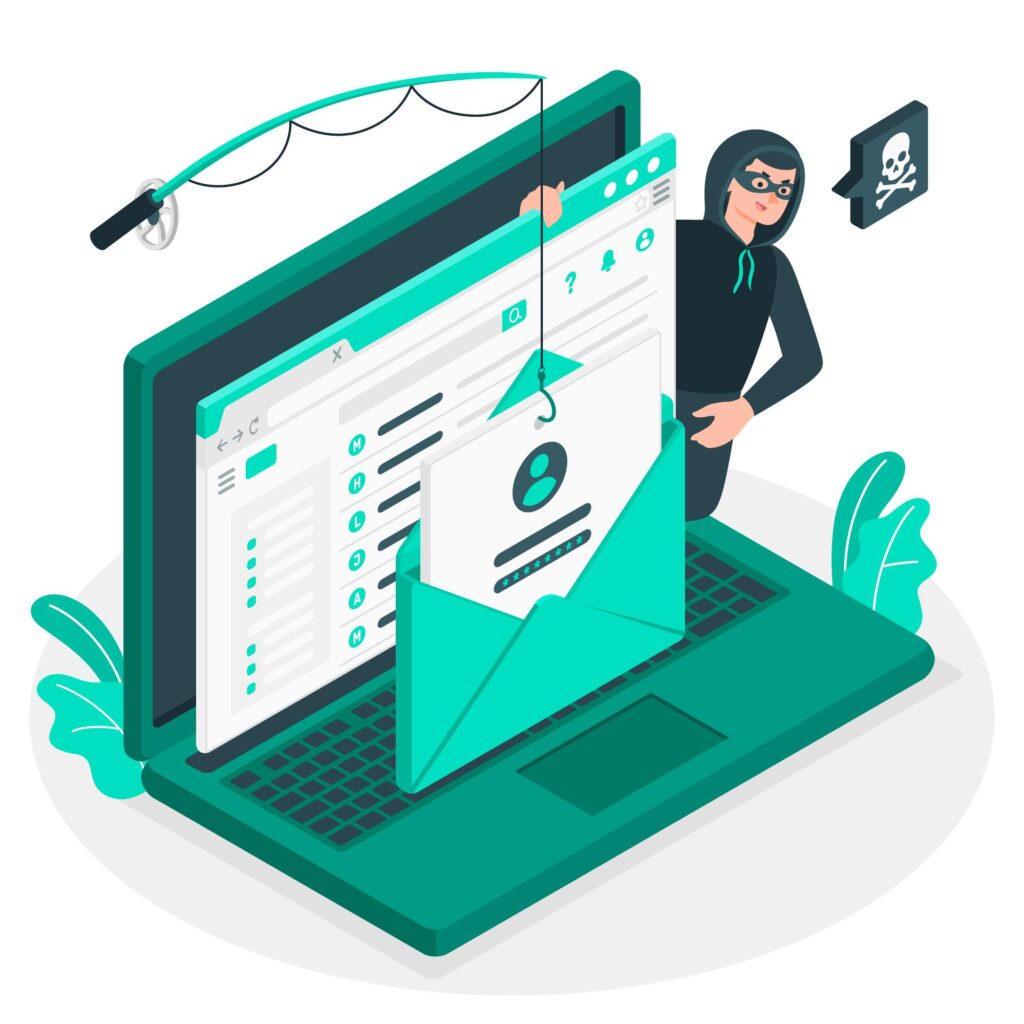
Recover and Secure Your Site
How to Recover and Secure Your WordPress Site After a Hack?
If your WordPress site has been compromised, don’t panic. Acting quickly and systematically can help you regain control, minimize damage, and protect your site going forward. Here’s what you need to do:
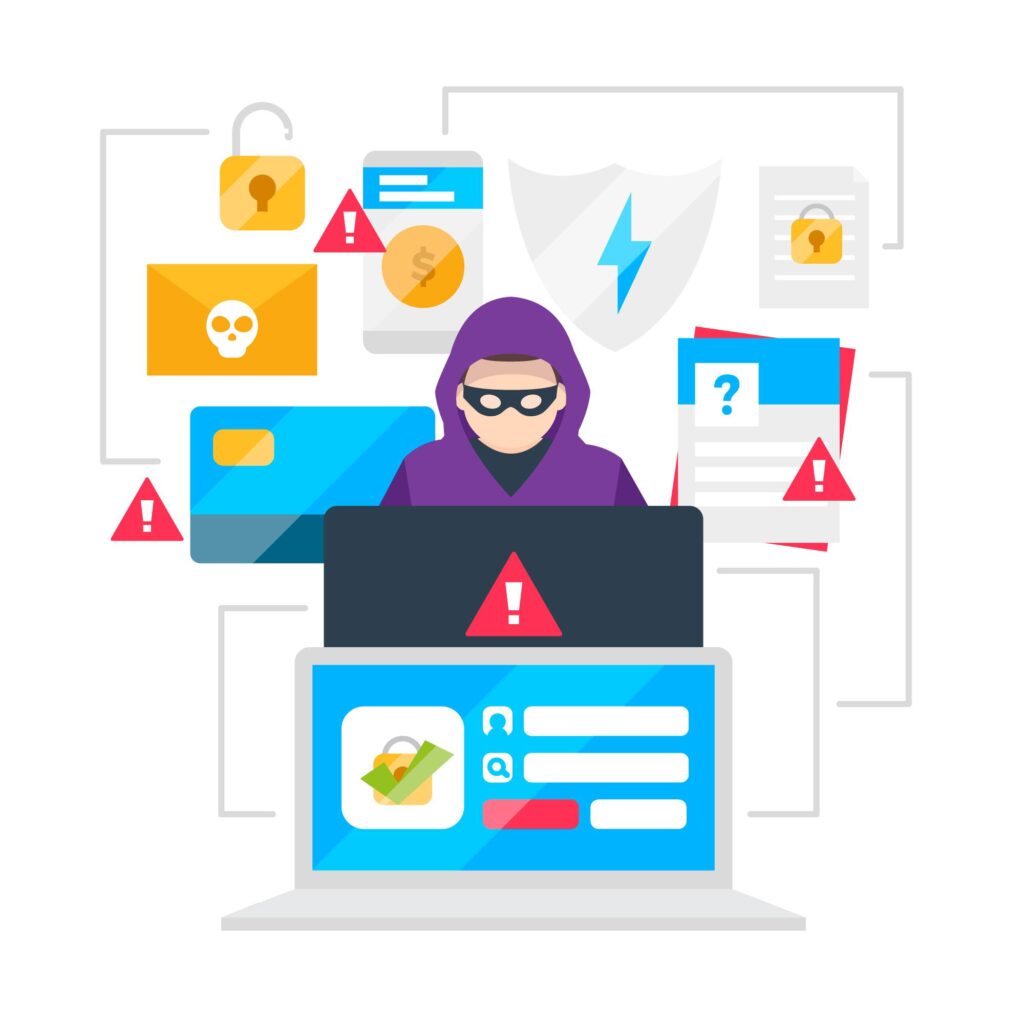
Contact Your Hosting Provider Immediately
Most hosting companies are equipped to assist in the event of a security breach. Their technical teams can help identify the source of the hack and may quarantine your website to prevent further damage, especially if you’re on a shared hosting environment where other sites could be at risk.
Keep in mind that not all hosting providers offer hands-on recovery assistance. Some may only notify you of the issue and leave the rest to you to resolve. That’s why Fix Hacked Site stands out — offering dedicated support focused on not only identifying the problem but guiding you through resolution with expert care.
Restore a Clean Backup
If you have a safe backup from before the attack, restore it to roll your website back to a clean version. Be cautious, though — if the backup was taken after the site was infected, you may unintentionally reintroduce malicious code.
To be extra safe, store copies of your essential content externally (e.g., Google Drive), so you can manually repost or rebuild content if necessary.
After restoring, monitor your site closely to ensure any unusual behaviour or errors are resolved. Hackers often manipulate file timestamps, so don’t assume everything is fine without a full check.
Perform a Full Backup of Your Website
Regular backups are a critical part of any website maintenance plan. Depending on the size of your site and its update frequency, backups should be scheduled hourly, daily, or weekly.
This is especially important for content-rich sites such as blogs, where losing posts can be a significant setback. Ask your hosting provider about backup frequency or use trusted WordPress plugins to ensure you’re protected.
Update All Passwords and Admin Credentials
After a security breach, it’s crucial to change your WordPress login details — especially if you’re unsure how access was gained.
Use strong, unique passwords that are hard to guess and never reuse old credentials. Many hacks are carried out using brute-force bots that exploit weak login information.
The team at Fix Hacked Site always recommends strong password practices to safeguard your site from future attacks.
Stay Safe: Essential WordPress Security Steps
Essential Steps to Safeguard Your WordPress Site from Hackers
Never been hacked? That’s great — but it’s not a reason to let your guard down. Website attacks can happen to anyone, and the best defence is a proactive approach. Follow these proven strategies to strengthen your WordPress site’s security:

Always Keep WordPress Core, Themes, and Plugins Updated
Keeping your WordPress site updated is one of the most effective — and simplest — ways to stay protected. WordPress regularly releases updates that include critical security patches.
- You’ll see an update notification directly on your dashboard homepage.
- For themes and plugins, visit the Appearance or Plugins section to check for available updates.
Did you know? Over 35% of WordPress installations are outdated, leaving thousands of sites vulnerable. Stay ahead by checking regularly.
Use a Firewall to Monitor and Block Threats
A firewall acts as a gatekeeper, only allowing approved traffic to access your website.
- Ensure your hosting provider includes firewall protection in your plan.
- You can also install WordPress security plugins that add a firewall layer and scan for vulnerabilities in real time.
Secure Your Site with an SSL Certificate
SSL (Secure Sockets Layer) encrypts data transmitted between your website and its visitors. It transforms your URL from http:// to https://, signaling to users and search engines that your site is safe.
- Most web hosts now offer free SSL certificates — simply request or activate it from your hosting dashboard.
- A secure site boosts both user trust and SEO rankings.
Stick with Trusted CMS — WordPress
Although no platform is 100% immune, WordPress remains one of the most secure content management systems when properly maintained.
By keeping everything up to date and following best practices, WordPress provides reliable security features, including SSL support and robust plugin integrations that help protect your site.
Testimonials
Some Of Our Awesome Fans
Listen to what others are saying about how easy and intuitive Fix Hacked Site Is…
"My website was vulnerable to those who seek to invade and I fortunately discovered the Fixhackedsite website. The team quickly secured me from the predators and suggested a few changes to my site. Frankly my site was a bit drab and non-engaging so I had the team rebuild it and I couldn’t be happier. The site is now looking like it belongs in 2022 and is secure – very satisfied with the service and expertise. My business is relatively small but ticking along nicely with good activity from the contact form and turnover is increasing. Fixhackedsite now fully maintain my site and host it – highly recommend their services."
Geoff Pyne
Owner/Manager
"I want to say how important you have been to the display and operation of my website. You have imaginatively redesigned my website in a way that has attracted much praise and attention, helping to draw many more visitors to the site. In addition, you have helped with the daily updating of the site — an essential need for any owner. You have proven to be always available to help me at any time of the day or night. I can’t recommend more highly for your superb work."
Steve Schlesinger
Owner
""I can’t say enough good things about Fixhackedsite web design and hosting. I’ve been working with Fixhackedsite for 2 years and they are the best in the business. They do excellent work at an unbelievable price, and are always available to help with any problems that come up. I’m a small business owner, so I don’t have a huge budget for my marketing needs, but I get more leads than ever before and I’m always happy to refer them to my friends for their website design needs."
Dave Wynn
Owner
Common Questions
Frequently Asked Question
It’s probably not targeted at your site. Websites frequently run the same software as countless others, and hackers will find vulnerabilities that they can exploit en masse.
A fixed fee of $77. Additionally, you can get the clean included in our monthly maintenance plan (from $37/mo). Or, if you would like us to live scan your site for malware every day, this is only $3 a month! Check out our pricing page now.
Yes, we are here all day, every day. We maintain and monitor sites for customers too, which means we need to be available in case of emergencies or urgent updates.
We are an international team of highly experienced website malware removal specialists, primarily based in the US, UK, and the Philippines, perfectly placed to work across all time zones to fix your site as fast as possible so you can get back to business.
If you have a backup, then yes, rollback. However, you need to fix the underlying vulnerability. Likewise, beware that a hack can lie dormant for some time before its effects become visible.
When we have the logins we need, you can leave us to it. We’ll email you when we have an update.
If your website shared hosting space with another site (for instance, in one cPanel account), this could be the reason. It’s unlikely that the web host has a problem, but it’s not unheard of.
Once you place an order utilizing the button above, a thread will be started with our engineers. They’ll gather any more information we need from you and keep you updated on the task status.
Yes, please call us on 0844 995 1012
